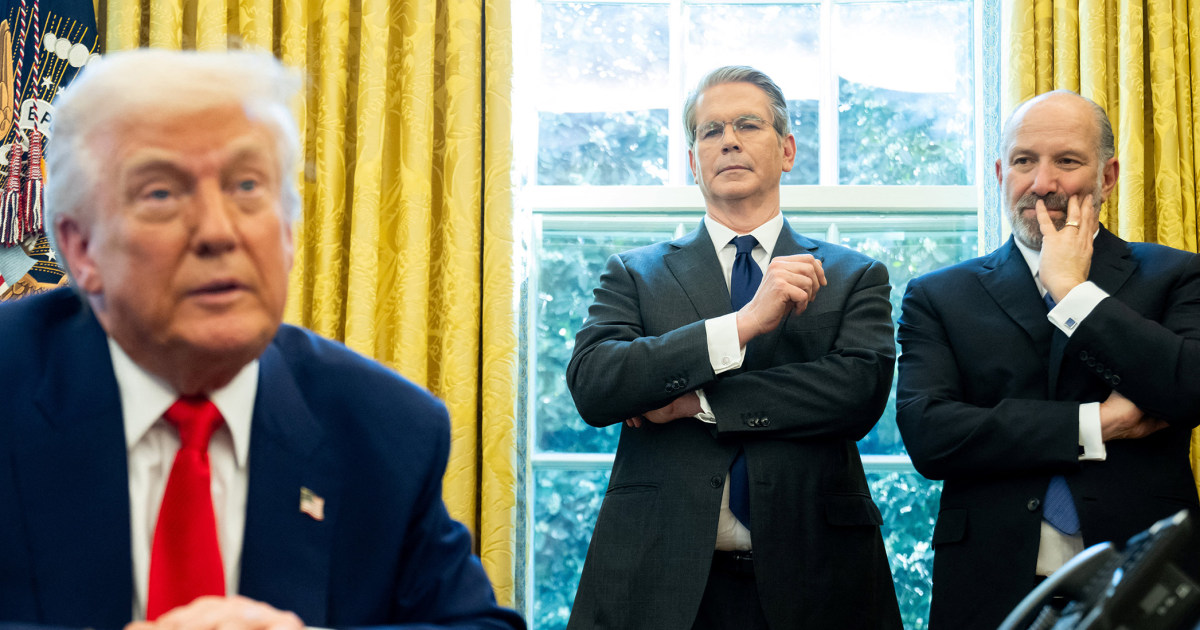
The Unraveling of the American Safe Haven: A Bond Market Mystery
The American bond market, long considered a bedrock of global financial stability, is sending out unsettling signals. Recent movements in Treasury yields are defying established norms, sparking anxieties about a potential erosion of confidence in the US economy. The current situation is perplexing and warrants close examination.
Typically, when global uncertainty rises and stock markets plummet, investors flock to the safety of government bonds. These bonds, seen as low-risk investments, usually appreciate in value as demand increases. This flight to safety is a well-established pattern, reflecting investors’ desire to preserve capital during turbulent times. However, this time is different.
We’re witnessing a simultaneous decline in stock prices and a sell-off in government bonds. This counterintuitive trend suggests a fundamental shift in investor sentiment. Instead of seeking refuge in US Treasuries, investors are actively shedding them, a move that speaks volumes about their evolving perception of American financial strength and stability.
Several factors might contribute to this unusual market behavior. One possibility is a growing concern about the sustainability of the US national debt. The sheer size of the debt, coupled with ongoing fiscal challenges, could be prompting investors to re-evaluate the perceived safety of US government debt. The risk that the government might struggle to meet its obligations, even if low, is enough to trigger a shift in investment strategies.
Furthermore, rising interest rates orchestrated by the Federal Reserve to combat inflation might be playing a role. Higher interest rates increase the cost of borrowing and reduce the attractiveness of existing bonds, leading to lower prices. However, the magnitude of the current bond sell-off is significant enough to raise doubts that interest rate policy alone is the primary culprit.
Another element worth considering is the global geopolitical landscape. Escalating global tensions, economic uncertainty in other major economies, and the ongoing war in Ukraine could be causing investors to diversify away from US assets. While America has long been seen as a safe haven, the relative attractiveness of the US economy compared to other investment options is inevitably subject to change.
The weakening dollar is also likely a contributing factor. A weaker dollar makes US assets less attractive to foreign investors who will find it more expensive to buy them. This reduced foreign demand contributes to lower bond prices.
The implications of this trend are far-reaching. A decline in the demand for US Treasuries could lead to higher borrowing costs for the US government, impacting its ability to finance its debt and implement fiscal policy. Furthermore, it could signal a broader loss of confidence in the US economy, potentially triggering further market volatility and impacting global financial stability.
The current situation calls for careful analysis and a measured response. Understanding the underlying causes of this bond market anomaly is crucial for policymakers and investors alike. Addressing the fiscal challenges, maintaining a stable macroeconomic environment, and fostering confidence in the US economy are paramount to restoring the traditional role of US Treasuries as a global safe haven. The future of the American bond market, and indeed, the global economy, might depend on it.



Leave a Reply